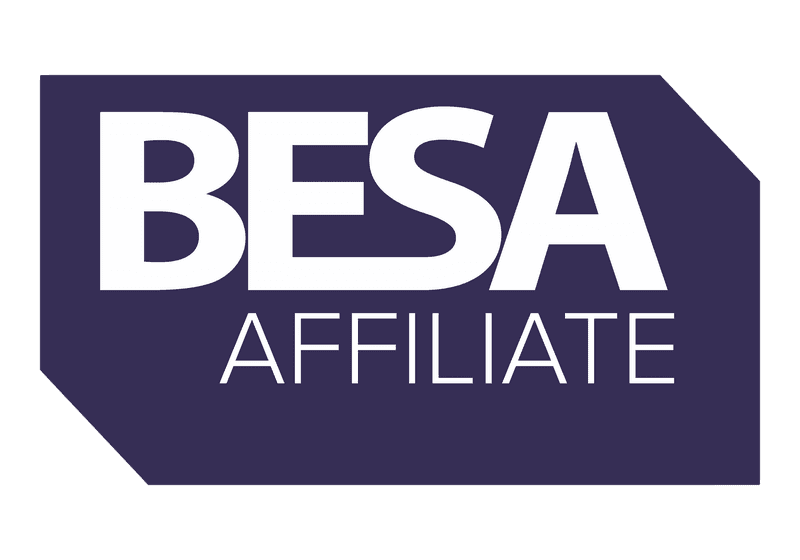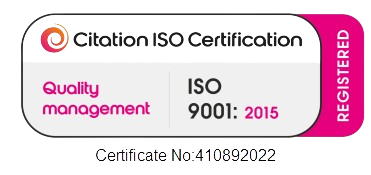As the corporate world emerges from the pandemic, a growing trend among companies is to bring employees back to the office, phasing out the remote work arrangements that have become commonplace over the past few years. This shift is creating ripples across the workforce, with potential legal implications and significant impacts on employee morale and retention.
Recent decisions by prominent firms, such as Manchester United under new co-owner Sir Jim Ratcliffe, have underscored the move towards full-time office work. This push aligns with predictions that by 2026, most businesses will revert to traditional office-based operations. However, this transition is not without its challenges, as highlighted by a series of employment tribunal cases and expert opinions.
Legal Landscape and Employment Tribunals
A notable case that illustrates the legal complexities of mandating a return to the office is that of Elizabeth Wilson, a senior manager at the Financial Conduct Authority (FCA). Wilson's request to work remotely permanently was denied, prompting her to take her employer to an employment tribunal. The tribunal ruled in favour of the FCA, emphasising the importance of physical presence for senior roles to foster team relationships and effective communication.
This ruling, along with other similar cases, indicates that businesses must tread carefully to avoid costly legal disputes. The rise in employment tribunal appeals (EAPs) related to remote working underscores the need for employers to handle the return-to-office transition with sensitivity and thorough legal consideration.
Strategies for a Smooth Transition
Collaborative Process
Gill McAteer, director of employment law at Citation, advises that businesses adopt a collaborative approach when transitioning back to the office. Engaging employees in a consultation process helps communicate the reasons for the change and ensures their concerns are addressed. This can foster a sense of involvement and reduce resistance.
Reviewing Employee Contracts
A critical step in this process is assessing employee contracts to determine if the office is stipulated as the place of work. Given the shift to remote or hybrid models in recent years, this might constitute a significant change in terms. Employers must build a strong business case for such changes and follow strict procedures if more than 20 employees are affected simultaneously.
Legal Obligations and Flexible Working
The legal landscape around flexible working has evolved, with employees now having a day-one right to request flexible working arrangements. Employers must consider these requests seriously and can only reject them on statutory grounds. This change aims to promote flexibility in the workplace, making it crucial for businesses to balance their operational needs with employees' personal circumstances.
Addressing Specific Needs
Employees with Disabilities or Caring Responsibilities
Employers have a duty under the Equality Act 2010 to make reasonable adjustments for disabled employees returning to the office. This includes considering flexible working as a potential reasonable adjustment. Similarly, employees with caring responsibilities are protected by new legislation on carer's leave and flexible working, effective from April 6, 2024.
Impact on Employer Brand
Strictly enforcing office return policies can negatively affect a company’s employer brand. A survey by Randstad UK revealed that a significant portion of the workforce values the flexibility of working from home. Forcing a return to the office could lead to higher turnover rates, particularly among Millennials and Generation Z, who prioritise remote work options.
As businesses navigate the return to office, it is essential to approach the transition thoughtfully and legally. Engaging employees in the process, reviewing contracts, and accommodating individual needs can help mitigate legal risks and maintain a positive workplace culture. Flexibility remains a key factor in attracting and retaining talent, and companies that recognise this are more likely to thrive in the post-pandemic world. By balancing business objectives with employee expectations, companies can ensure a smoother transition back to the office, fostering a productive and satisfied workforce.







